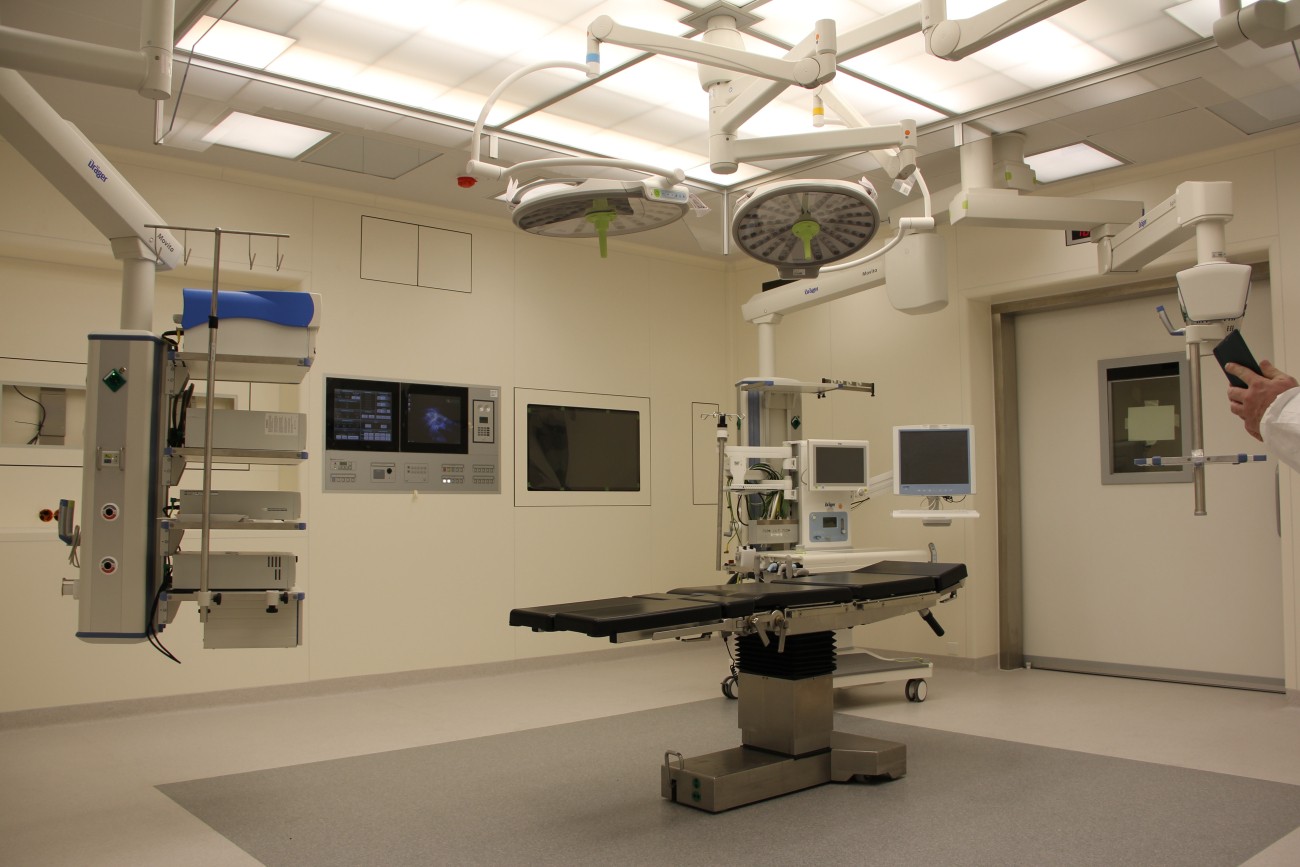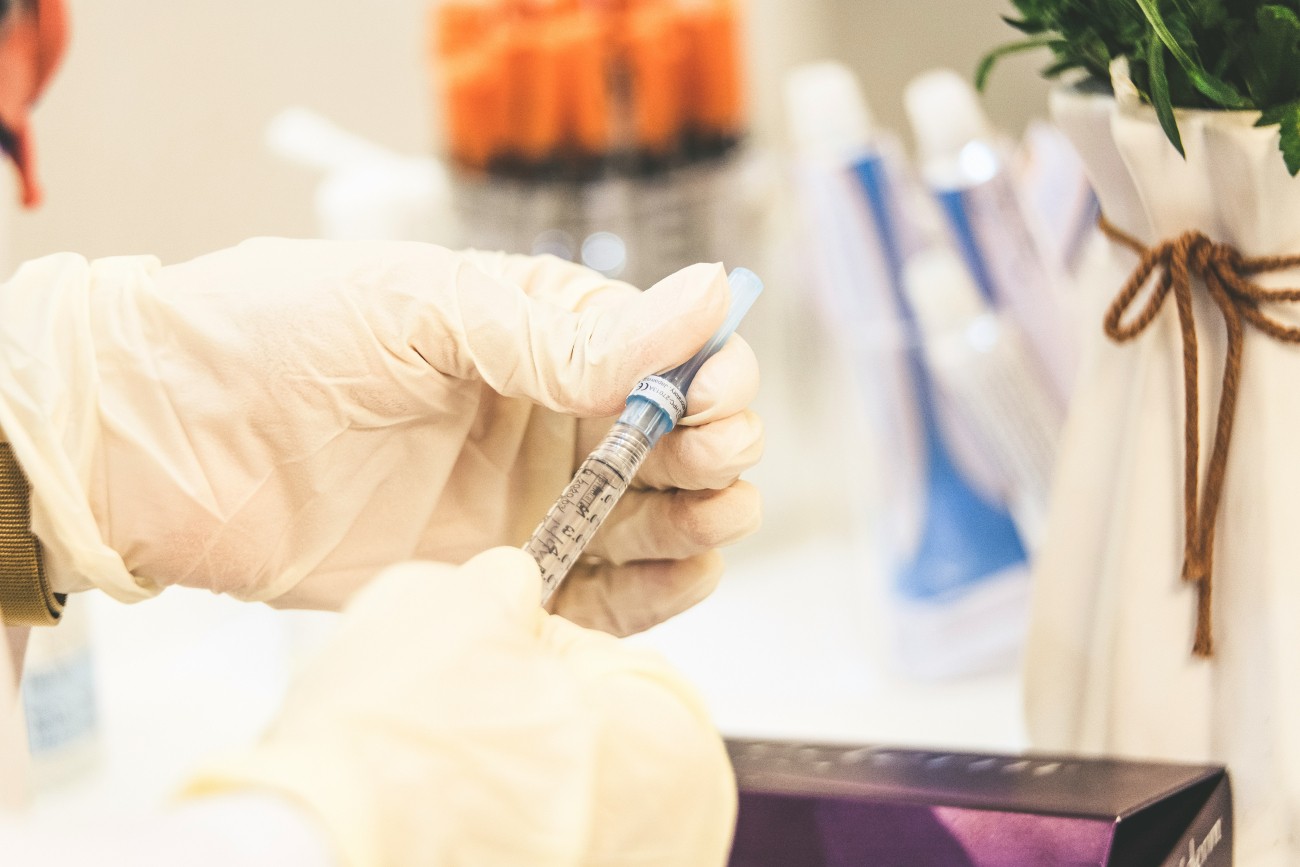

Case Law Insights: Article 53(c) exceptions and products produced by a medical treatment
Health Focus Blogpost #8
Now that we have gained a solid understanding of the fundamental framework that the EPO uses to evaluate patent claims related to medical devices and methods, we are ready to get on the next level.
In our prior blogs, we placed great emphasis on the safest route to navigate the exceptions to patentability under Article 53(c), which is presenting product claims, rather than method claims. However, we should note that claiming "a product" does not guarantee immunity from Art. 53(3). The reason does not arise from inconsistencies in European Patent law but from attempts to circumvent the unpatentability of methods of treatment by surgery or therapy. Apparent patentable claims may, upon closer look, fall within the exceptions. To effectively identify these issues, the expertise of a medical and patent professional is often necessary. But we can give some hints.
Patent claims pertaining to a device defined by a feature that can only be achieved through a surgical step are excluded from patentability according to Article 53(c) EPC.

Let me explain:
In case T775/97, a claim was directed to a bilateral surgical bypass graft comprising two tubes, each having a tubular member for securing the tubes to a body passage (e.g., a blood vessel). Up to this point, everything appeared in order.
However, the claim took a critical turn when it stated that the graft being obtainable by simultaneously expanding and deforming the tubular members … from a first diameter suitable for permitting intraluminal delivery of the tubular members and tubes into the body passageway to be so disposed therein, to the … condition upon the application, from the interior of the tubular members, of a radially outwardly extending force. In simpler terms, the bypass graft is formed by expanding the tubular members.
But, the fact that the tubes must already be within the blood vessel to undergo expansion, because after expansion they cannot be introduced into the blood vessel any more, was found by the Board to require a surgical step. What is more important, this step cannot be eliminated because it is essential for forming the "graft" with its essential properties required for repairing the blood vessel. Thus, this claim was not allowed but not because the bilateral bypass graft was unpatentable but because of the way that the claim was formulated!
In an effort to rescue the patent, the applicant had to take a completely different approach. At the end, the claim was rephrased as a device for forming a bilateral passageway in a body passageway to repair the body passageway... The revised claim gave a description of the tubes' properties, for example the tube being expandable, effectively eliminating any indications of forming it during a medical procedure.

The key takeaway here is that if a device is intended to be used during a surgery, it should be claimed in a manner that clearly defines all its characteristics before any surgical steps are executed. Patentable medical products, instruments, or devices should not be designed or constructed at the time of treatment but should be pre-built or ready to use.
In the case of T1731/12, unfortunately, the applicant fell short of meeting this criterion, leading to the revocation of their patent during opposition. Claim 1 described an implantable device for desynchronization of pathologically active brain areas, for example to treat Parkinson’s disease. This device comprises at least two electrodes and control devices designed to control the electrodes …whereby the stimuli emitted by the electrodes are time-shifted and the stimuli cause a phase reset of the neuronal activity of at least two subpopulations of neurons, so that the subpopulations have different phases of their neuronal activity after … the stimuli. The claim implies that the control devices control the electrodes in a way to ensure that the two subpopulations indeed have different phases in their neuronal activity, which means the device required implantation via a non-patentable surgical procedure, as its full functionality could not be achieved otherwise. The Description emphasized in multiple times that the control devices will adapt to post-implantation conditions to execute the intended function of resetting subpopulations of neurons. Consequently, the patent was revoked.
In the claims presented in the cases here, the medical products were not fully functional until a surgical step was carried out. In other words, the execution of a surgical step was essential for the medical device to start its intended function. The distinction between the claim in T775/97 and the claim in T1731/12 lies in the nature of the products involved.

In T775/97, the claim pertained to a mechanical device that underwent transformation within the body following a surgical step. In T1731/12, the claim related to the implementation of a computer program, where the calculations it performed were only completed after a portion of the device was surgically implanted in the patient's brain.
Why is this important?
We should remember that Art. 53(c) exists to protect medical practitioners from infringing European patents, thereby ensuring that they can deliver their best care to patients. Thus, if a medical practitioner or any other user must conduct any surgical or therapeutic activity for the claimed product to become functional, that claim will be rejected.
If claims are not formulated correctly, the exception of produced in a surgical step may cover any hardware or software invention that adapts to a patient and/or interacts with them. However, adaptation and interaction are necessary for more effective treatments, either by surgery or therapy. Providing care tailored to the specific needs of individual patients, has proven to be more effective than non-specific treatments. So remember to ensure that your patent application and claims describe an invention that is fully functional and ready for their purpose before any surgical or therapeutic intervention.
In conclusion, understanding of the exceptions of patentability of Art. 53(c) is not merely an abstract legal concept, it's fundamental in the development of patient-centric medical innovation.

